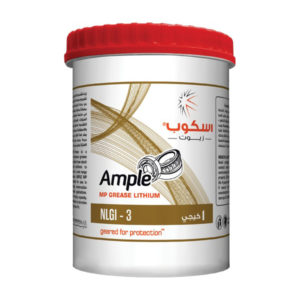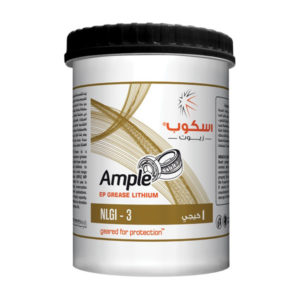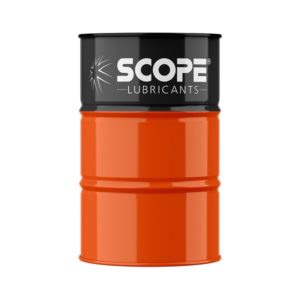Category: Greases
Grease is a thick, oily substance that is widely used to lubricate machinery. It is made up of a crude oil or synthetic oil that is held in place by a thickening agent’s gel structure. It’s usually made up of these three ingredients, which keep it semi-solid. Each of these substances serves a different purpose. Soaps are used as thickeners because they lubricate moving surfaces and minimize friction.
WE PROVIDE GREASE WITH JUST THE RIGHT CONSISTENCY
The resistance to change caused by an applied force is referred to as consistency. The type and amount of thickener in it, as well as the viscosity of the base oil used, define its consistency. The consistency of grease, also known as penetration, is carefully measured.
The degree to which it penetrates is determined by whether the consistency has been influenced by stress, handling, or working. Soaps, most commonly lithium, are the most popular thickeners, as they allow the individual components to connect better and produce a more efficient product.
GREASE HELPS REDUCE FRICTION
Friction is the resistance that one surface or object experiences when moving against another, preventing them from sliding or rolling over each other. Friction slows down two unlubricated surfaces, such as the teeth of two interlocking gears. From a distance, they appear to have smooth surfaces, but they’re actually rough at the atomic level, meaning one surface grinds across the other, wasting energy and wearing out the materials.
Lubrication reduces friction and wear by forming a friction-reducing coating between moving surfaces, so a lubricant like grease can aid in two ways. Grease smooth’s out the irregularities between the two surfaces with the help of our advanced formulation, and because it’s a liquid, it can change shape and flow.
THE GREASE WORKS AS A SEALING PROPERTY
The seals in rolling bearings keep lubricant in and impurities out of the bearing system. Grease is frequently used to lubricate these systems; it works as a lubricant for the bearing and seal, improving sealing efficiency.




